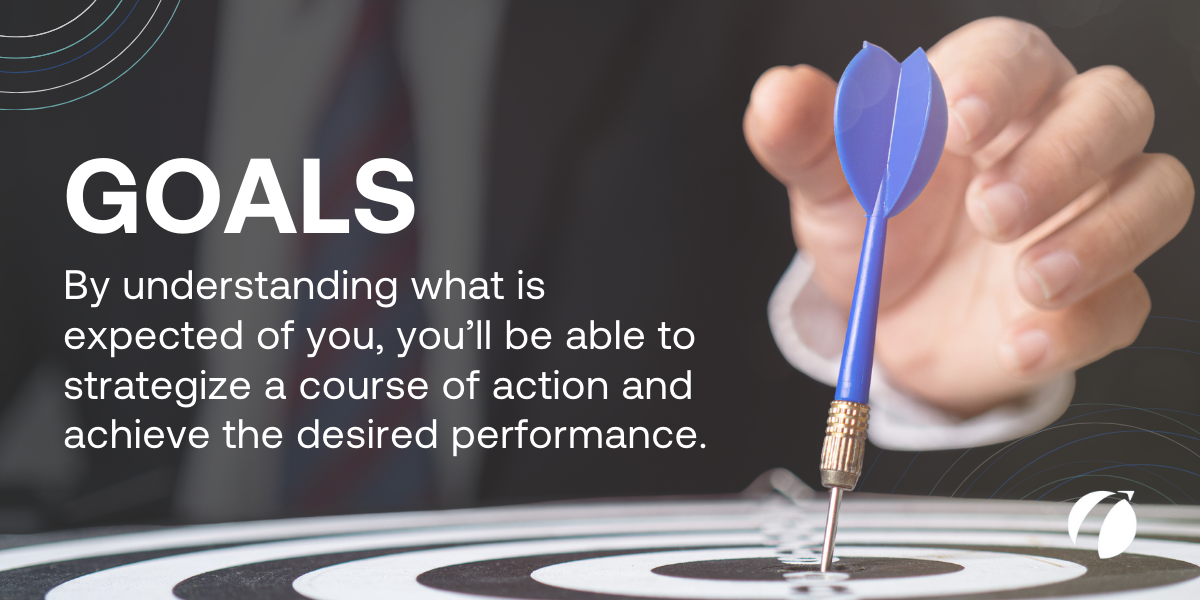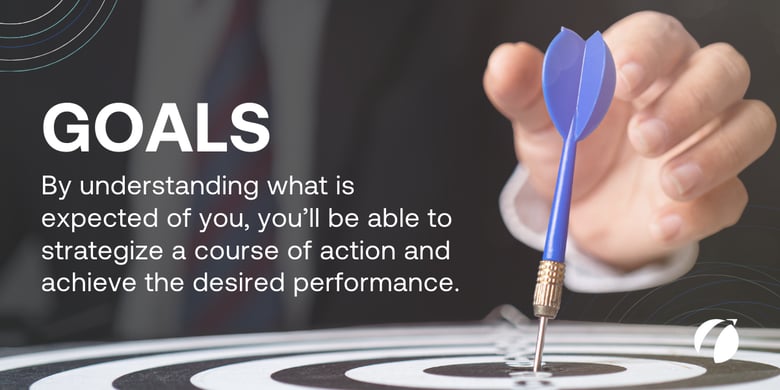Setting a clear goal should be the first step of any decision-making process. It seems simple, but one of the most common distractions in problem-solving is forgetting to focus on the goal — or focusing on an incorrect or incomplete goal.
How many times do we start to solve a problem by solely recognizing the issue but not clarifying exactly what “solving it” looks like?
Goals provide focus and direction. They illustrate what increased performance looks like. By using your goal to illustrate success, you are able to make sure that the goal will actually lead to better performance.
Understanding Goal Setting in the Context of GROW
The value of goal-setting has been well-researched by social psychologists. The better you understand what is expected of you, the better you are able to strategize a course of action, and the more likely you are to achieve the desired performance.
Coaching pioneer and founder of the GROW Model, Alan Fine, also spent ample time researching, understanding, and testing the interplay between goal setting and improved performance. In fact, the “G” in GROW stands for Goal.

In the GROW Model, the Goal component is where we map out what improved performance should look like. But here's the kicker: It's super important to make sure you're aiming for the right goal.
Have you ever found yourself caught up in a project that's not really pushing you closer to your big vision? It happens to the best of us.
The cool thing about GROW is that if you use it right, it's a guide to keep you on track. It makes sure you're always locked onto the goals that truly move you forward in the direction you want (and need) to go. It's all about following a step-by-step approach to problem-solving that's designed to give you the best shot at success.
Setting Smart Goals
Business consultants have developed a slew of acronyms for the things that are important in goal-setting, but the most well-known is SMART goals. This way of thinking dictates that goals should be specific, measurable, achievable, realistic, and time-bound.

When setting goals for yourself or others, start by considering the following:
- What's the issue you're trying to sort out?
- What outcome do you hope to achieve after tackling the issue?
- What might happen if you don't take action?
Goals need to be achievable yet still challenging. Goals that are too easy create apathy, but if they are too difficult, you risk discouragement.
Picture This Example
In a coaching conversation, it’s important for both the coach and the coachee to be aware of the goal of the conversation. What do both parties want to walk away with? You’re setting a goal for the conversation based on a specific performance goal.
The performance goal may be to turn in a report on time each week. The goal for the conversation shouldn’t be “to talk about turning reports in” but rather something like: “Leave the meeting with a 3-step plan and clear deadlines for each step to make sure reports are turned in on time.”
Recalibrating Your Goal to Find a Way Forward
Part of setting and understanding a goal is determining the consequences if the goal is not met. This will clarify your Reality and help frame what you see as viable Options to solve the problem.
Throughout the problem-solving process, continue to check back in on your goal to make sure that you are still on track and solving the right problem. It’s easy to get side-tracked and start down a rabbit hole solving a different problem.
You can also think of checking back in on your goal like recalibrating. Am I still on track to meet my goal? Do I need to adjust my plan to meet my goal?
At any point in the process, you can make the determination that you need to refine your goal to be more attainable. The clearer you are on what achieving your goal looks like, the easier it will be to select a Way Forward, which is the path that will lead you to success.
Achieve Your Goals With GROW
The GROW Model serves as a dynamic roadmap for personal and collective achievement. Through the lens of this model, the significance of setting a clear goal stands out as the foundational step in effective decision-making.
Whether you’re a manager or leader looking to help guide your team to improved performance, or an individual go-getter looking for tips on reaching your goals, GROW can help.





